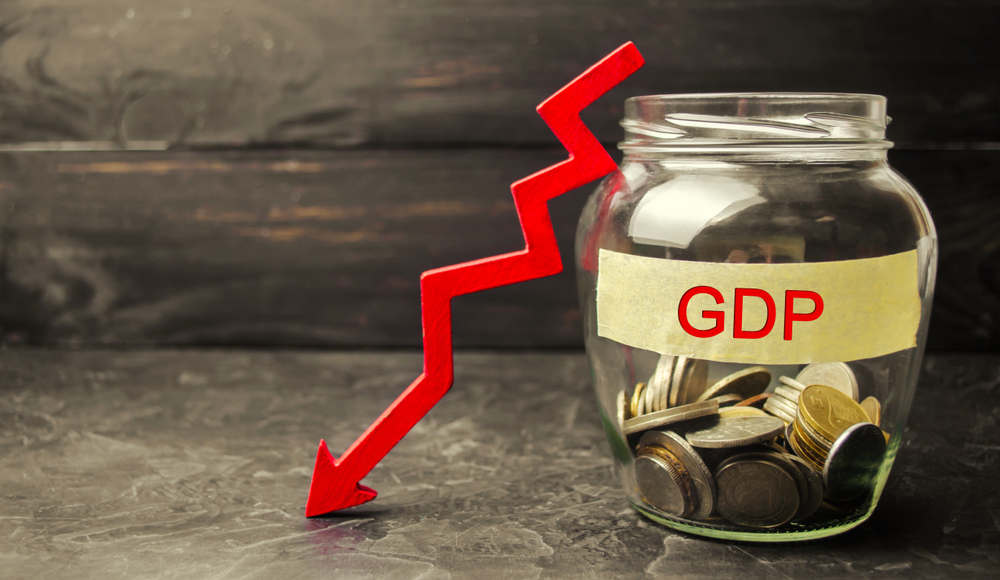Hundreds of thousands of federal government employees are either furloughed or are working without pay, IRS operations have ceased, national parks have closed and money for food stamps will run out in February, all due to the ongoing government shutdown over President Donald Trump’s proposed border wall.
And that’s just part of the problem as things could get much worse for the country’s economy depending on how long the shutdown lasts.
According to the White House — and a number of private forecasters — for every two weeks the shutdown goes on, the country’s gross domestic product is slashed by 0.1 percent.
Per Bloomberg:
“Our estimate is that GDP in the first quarter could go down by about a tenth if this were to resolve in the next few weeks,” CEA Chairman Kevin Hassett told reporters at the White House on Thursday.
While it wasn’t immediately clear whether Hassett was referring to the level of GDP or the annualized pace of growth, his estimate appears to be broadly in line with those from private forecasters.
Earlier this week, Macroeconomic Advisers by IHS Markit lowered its forecasts for fourth-quarter and first-quarter growth each by 0.1 percentage point on the assumption the shutdown will last for three weeks. JPMorgan Chase & Co. analysts estimated that each week of the shutdown will reduce GDP growth by about 0.1 to 0.2 percentage point, and the drag should mostly reverse once the government fully reopens.
Hassett said that if the shutdown persists, the pace of economic growth would continue to decline.
“I would guess it’s going to be something like, a rule of thumb would be every two weeks is a tenth,” he said.
The economic impact will be tempered since furloughed government workers are typically awarded back pay once a budget impasse is resolved, he said, though some economic output is lost because they aren’t working during the period.
“I don’t really expect to see big economic effects of this, again, assuming that it ends relatively quickly,” Hassett said.
Portions of the federal government shut down on Dec. 22 after President Donald Trump refused to sign spending legislation without $5 billion to continue construction of a wall on the U.S. southern border. Congressional Democrats rejected the demand, and took control of the House of Representatives on Thursday.
Trump adviser Kellyanne Conway said Thursday the president isn’t backing down on his demand to fund a wall-like barrier along the border.
“He says you can call it whatever you want, in other words we need border security,” Conway said. “It may include a wall, it may be steel slats.”
